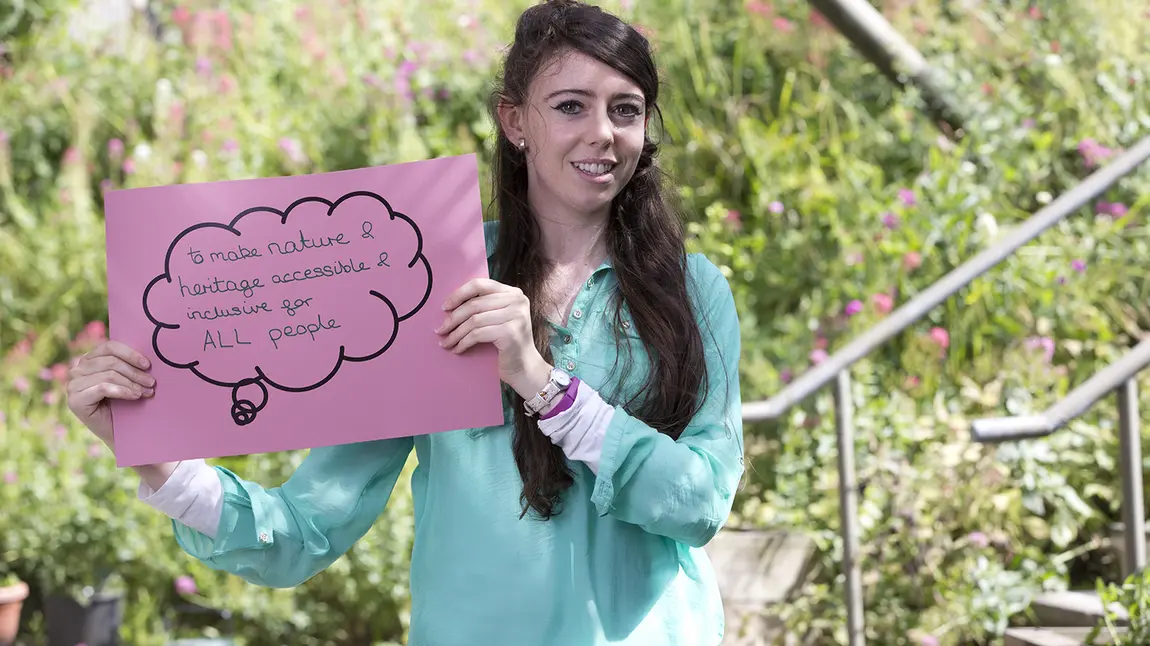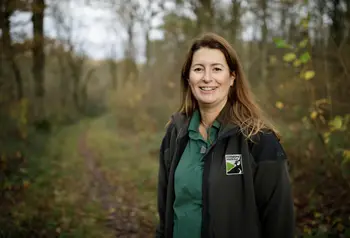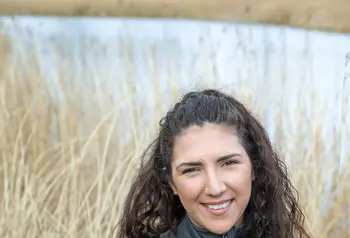How do we involve young people in nature?

Lizzie is one of a group of 16-25 year olds recruited from across the country to advise the National Lottery Heritage Fund on how to involve more young people in heritage. They’ve even helped allocate £10million of National Lottery funding to projects designed to do just this.
Lizzie is passionate about natural heritage, and has found reserves such as RSPB Minsmere, especially important to her since she was diagnosed with Myalgic Encephalomyelitis (ME) seven years ago.
She is a now a strong advocate for younger people and those with accessibility needs, who are often less likely to be involved in heritage projects.
Here are some of her thoughts on making natural heritage more welcoming for everyone:
Encouraging a nature-minded society
In my opinion, if no one cares about nature, pumping lots of money into conservation will be completely ineffective in the long term. That’s why I think National Lottery-supported projects will make nature accessible to everybody and encourage them to care about landscapes, wildlife and green spaces.
If we don't get more people caring about nature we won't have a nature-minded society, or be able to encourage the future conservationists we need.
The thing that I think makes nature particularly special compared with other types of heritage, is that natural heritage has the potential to positively impact people who aren’t even directly engaging with it. This is through cleaning the air, helping food pollination, reducing flooding, medicines derived from natural compounds and so much more.
Projects should be able to make people care
National Lottery money distributed by the National Lottery Heritage Fund has to be spent on things people can relate to - projects should be able to make people care.
I think grantees can do this by being there for people when they need it most, for example, providing nature walks for people with mental ill-health, full disabled access, stuff for mums to go do with kids, escapism for students and paid career opportunities for all young people (not just graduates and able-bodied people who are able to drop all other commitments to work full time).
Accessibility is really important. Stiles, tiny kissing gates, benches without backs, and steps with no ramp are not good enough anymore.
I also think properly paid career opportunities for more young people are needed (there are so many young naturalists competing against each other).
Volunteering opportunities and unpaid internships risk excluding a whole sector of young people who want to or need to be involved in nature conversation but can't afford to work for free.
What do you think is needed to make natural heritage more welcoming to young people? Let us know on Twitter or Facebook.

